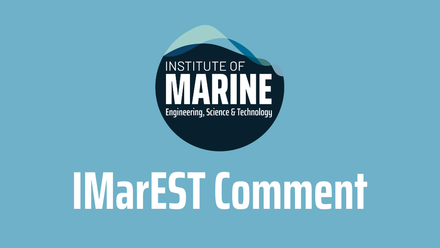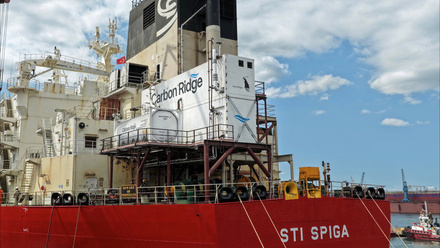Green hydrogen projects planned for Port of Tilbury
A proof of concept project has the go-ahead at the Port of Tilbury, which will use green hydrogen to decarbonise port equipment
On the north shore of the River Thames, 25 miles downstream from London Bridge, sits the Port of Tilbury. Imports and bulk cargoes such as grains, paper, containers, and cars flow through the facility, part of the Port of London.
In line with the UK’s net zero ambitions, Tilbury will explore green hydrogen and other decarbonisation options in partnership with RWE, the UK’s biggest power generator, and Mitsui, a global trading and investment company that aims to halve its emissions by 2030. The collaborators recently signed a memorandum of understanding for two green hydrogen projects at the port.
The first will be a proof of concept to switch from the use of fossil fuels to hydrogen for port equipment, while the second is an initial investigation into a 10MW green hydrogen plant, which will be developed on land where a coal-fired power station once stood.
Generated using renewable power, green hydrogen is a clean fuel with no pollution – unlike grey hydrogen, which makes up most hydrogen available worldwide. The UK government is boosting capacity for hydrogen and green hydrogen, with goals to have 10GW of low-carbon hydrogen production capacity by 2030. This could generate 12,000 jobs and £9bn in private investment in the next 10 years.
Marine vessels make up about 5% of the UK’s domestic transport greenhouse gases, and hydrogen could play an important role in decarbonisation of the maritime sector.
In the announcement, Steve Boughton, RWE director of hydrogen development, said: “Hydrogen is a key component of the energy transition and we want to play a leading role in this, aiming to develop 2GW of capacity by 2030. This collaboration with Mitsui and the Port of Tilbury is for an innovative project, combining production and industrial customer use with potential fuel switching of port equipment.”
Setting the stage for net zero
Using hydrogen could cut carbon emissions from the port’s infrastructure, while also introducing new skilled green jobs. The plans will “bring great local opportunities by creating exciting new careers for people, demonstrating one of the many reasons why Freeports are at the core of our levelling up agenda,” according to Dehenna Davison, minister for levelling up.
In a 2023 report, Jonson Cox, chair of the Port of London Authority, highlighted the organisation’s 2040 target for net zero. “Unlocking hydrogen safely and swiftly largely depends on getting regulation right. Whilst technologies to enable hydrogen as a fuel for propulsion in marine vessels are comparatively well-developed, there is a complex regulatory landscape which poses challenges,” he said.
“Pace is essential and will only be achieved through collaboration of manufacturers, operators and regulators. Together we must establish model safety standards for hydrogen generation, storage and fuelling sites, infrastructure and approval processes. Creating this integrated, purpose-led regulation in partnership will ensure the UK can realise the climate, industrial, economic and other benefits of developing hydrogen technology solutions.”
Ultimately, collaborative hydrogen projects such as the ones at the Port of Tilbury will play an important part on the path to net zero, especially in such a difficult-to-decarbonise industry, and could show how maritime infrastructure can help meet the UK’s ambitious targets.






